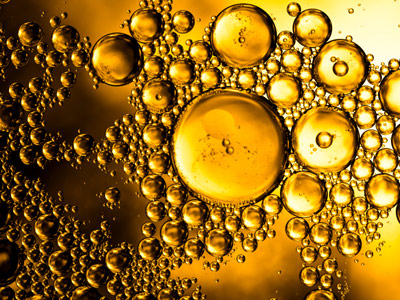

Unit 4 - Causal or Association Relationship of Variables
Variables are necessary parts of any experiment. In this GCSE Biology quiz we examine both the association relationship (e.g. tall people tend to be heavier, so height and weight are associated) and the causal relationship (e.g. cold temperatures extend food's shelf life, therefore cold temperatures are a cause of extended shelf life) of variables.
Variables are factors in an investigation or experiment which can be changed. They can be changed directly by you, as a result of changes you make during an experiment, or by external factors. In any investigation or experiment there should be one variable that is being changed, one variable that is being measured and the rest should be kept the same. If that is not done, then the investigation or experiment will not be a fair test and the results will not be reliable.
Ready for more?
not all...
quizzers. Try to win a coveted spot on our Hall of Fame Page.






